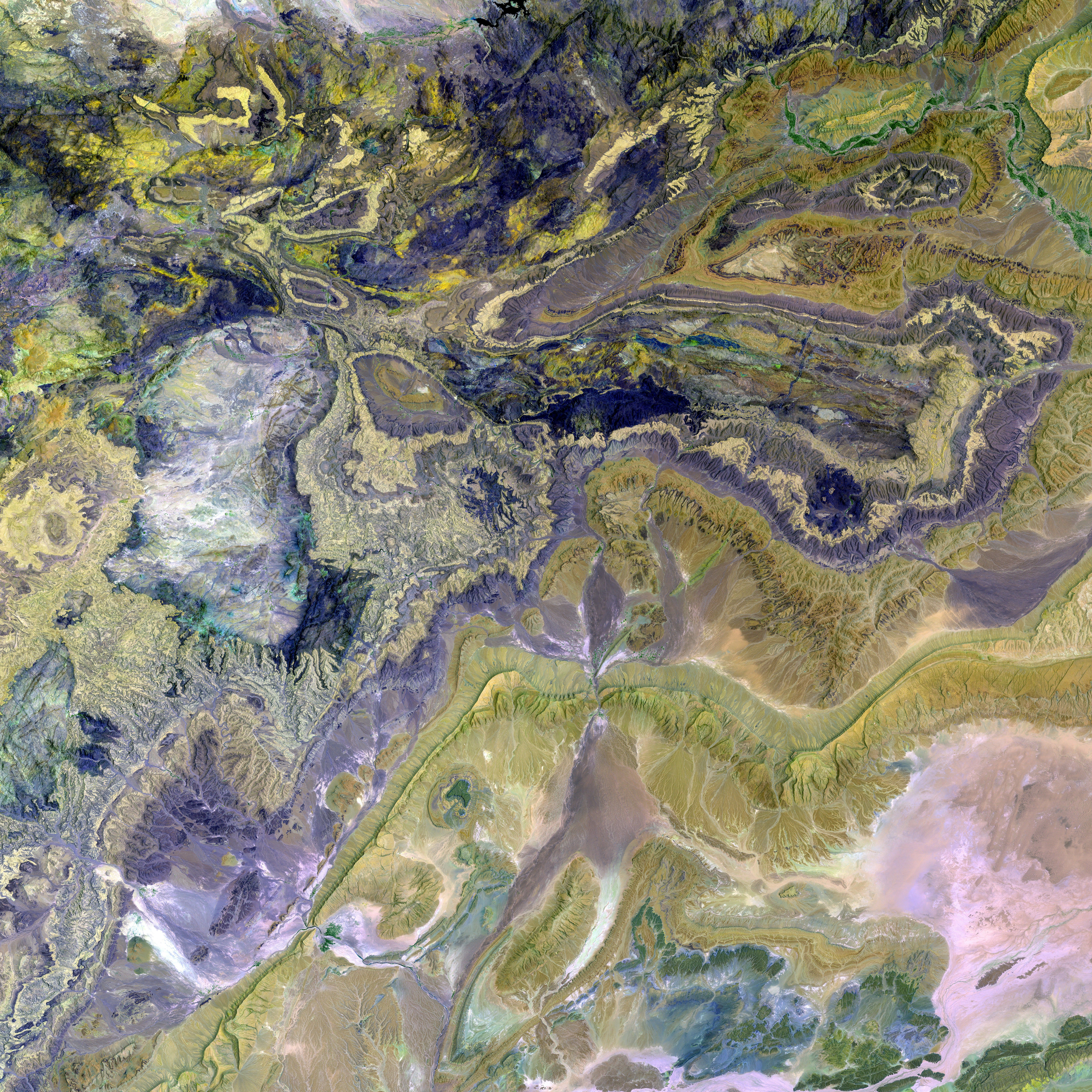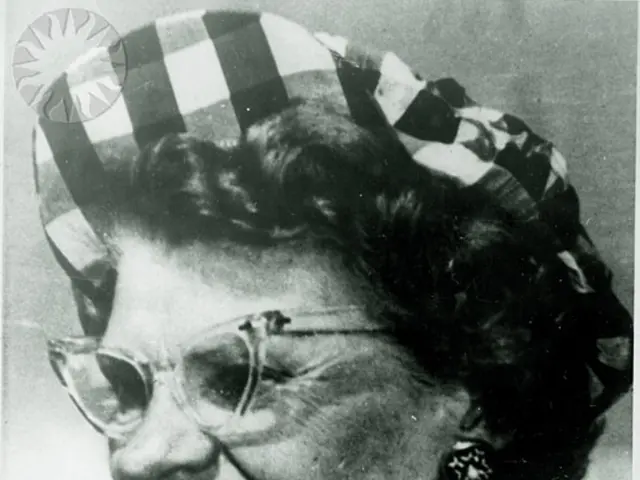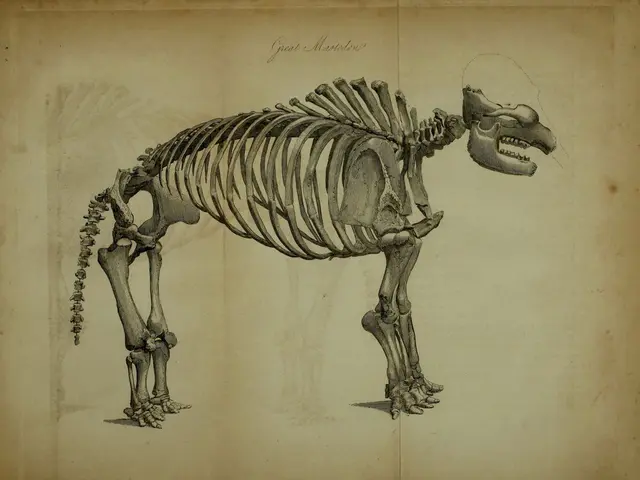Genetically-blessed female free divers of Jeju Island boast an extraordinary ability
Diving into the Extraordinary: The Haenyeo Female Free Divers of Jeju Island
Several years ago, Melissa Ilardo, a University of Utah evolutionary geneticist, found herself aboard a motorboat off the coast of South Korea's Jeju Island, home to a remarkable group of women known as the Haenyeo. She captures the Haenyeo, a long-standing line of female free divers, on video as they plunge into the ocean, nets in tow, to gather seafood for sustenance and sale.
"They dive in waters often a frigid 50 degrees Fahrenheit," Ilardo muses. "In fact, one of the first times I was there, it was snowing. They told me as long as there's not a risk of being blown out to sea, they would dive, no matter the cold."
The Haenyeo begin diving during their teenage years and continue into their golden years, even diving throughout pregnancy. Ilardo was intrigued, asking herself, "What evolutionary adaptations could have shaped these women to not only withstand such extreme conditions but do so safely and efficiently?"
In a groundbreaking study published in Cell Reports, Ilardo, alongside UCLA population geneticist Diana Aguilar-Gómez and their team, established the physiological and genetic foundations of the Haenyeo's superhuman diving capabilities.
Experiments With a Splash of Silly
To explore the Haenyeo's extraordinary powers, Ilardo compared them to an equally elderly group of women on Jeju Island who did not dive but shared a similar genetic heritage, along with another group unrelated to Jeju Islanders. There was a hurdle: "We couldn't ask 70-year-old, non-divers to take a plunge into the open ocean," Ilardo explains.
Instead, they devised a simulated dive, which involved subjects holding their breath while submerging their faces in a cold-water bowl. When the Haenyeo dived, their hearts slowed dramatically—by about 50% more than their non-diving counterparts. This physiological adaptation, Ilardo explains, results from a lifetime of diving experience.
Genetic Evolution
Surprisingly, everyone in Jeju, including Haenyeo and non-divers, shared virtually identical genes. This data implies that the Jeju Island populace has been moulded by generations of divers, hinting at the possibility that protective genes found in Haenyeo divers may have been passed down to the entire island's residents.
Two genes stood out in the analysis. The first seemed connected to cold tolerance, potentially offering protection against hypothermia. The second was associated with blood pressure regulation, likely linked to blood vessel structure and function.
"Diving is taxing on the body, particularly during pregnancy," explains Aguilar-Gómez. "Preeclampsia and other complications can occur. But the Haenyeo who possess these protective genes seem to have an advantage, surviving the rigors of diving and carrying on their genes to future generations."
The lower stroke mortality rate observed on Jeju Island could also be linked to this second protective gene. Ilardo speculates, "Wouldn't it be amazing if studying these extraordinary divers could lead to a stroke prevention therapy for people around the world?"
Human Resilience: A Marvel To Behold
Canadian researcher Stephen Cheung, who specializes in extreme physiology at Brock University, is fascinated by the study's findings. "Pushing the human body to its limits reveals what it is truly capable of," he says, echoing Aguilar-Gómez's sentiments.
The Haenyeo's biology is indeed awe-inspiring, as understanding their adaptations could unlock crucial insights into human physiology and genetics. Ilardo, Aguilar-Gómez, and their fellow researchers continue to study this remarkable population in the hopes of uncovering truly life-changing discoveries.
The Haenyeo's unique adaptations make them extraordinary individuals, their tenacity and resilience a testament to the human spirit. "We returned to Jeju to share our findings with the Haenyeo and celebrate their remarkable feats," says Ilardo. "These women are truly one-of-a-kind." Copyright 2025 NPR.
Behind the Scenes:
For years, the Haenyeo's astounding adaptations have captivated scientists. These adaptations include:
- Cold Tolerance Genes: Haenyeo possess genetic variants that enhance their cold tolerance, making it easier for them to withstand Jeju's icy waters.[3]
- Lower Blood Pressure: They are more likely to carry a genetic variant linked to lower blood pressure, which can hadstand hypertension-related complications such as preeclampsia.[1][2]
- Heart Rate Regulation: Multiple diving experiences help the Haenyeo control their heart rates, aiding efficiency during dives and increasing oxygen conservation.[4]
- Cold-Based Pain Tolerance: The Haenyeo's high pain tolerance towards cold weather comes from repeated exposure to cold water and a cultural commitment to diving.[2]
These traits combine to create the Haenyeo's incredible resilience to the harsh conditions they encounter, offering scientists valuable insight into human physiological and genetic adaptation. Their findings could lead to improvements in treatments for conditions like hypertension and stroke.[5]
- The study conducted by Melissa Ilardo and Diana Aguilar-Goмеz on the Haenyeo female free divers revealed that these women possess cold tolerance genes, aided by genetic variants that make it easier for them to endure Jeju's icy waters.
- The research also demonstrated that Haenyeo are more likely to carry a genetic variant linked to lower blood pressure, potentially offering protection against hypertension-related complications such as preeclampsia.
- The Haenyeo's unique physiology includes an ability to control their heart rates effectively, a trait honed through multiple diving experiences to improve oxygen conservation during dives.








